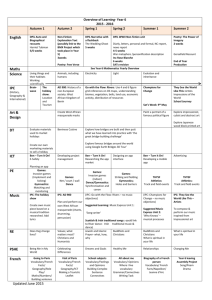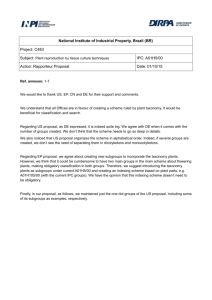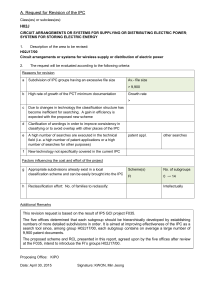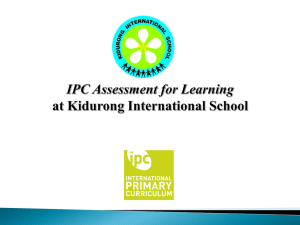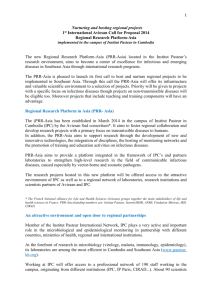Supplementary_Material_revised
advertisement
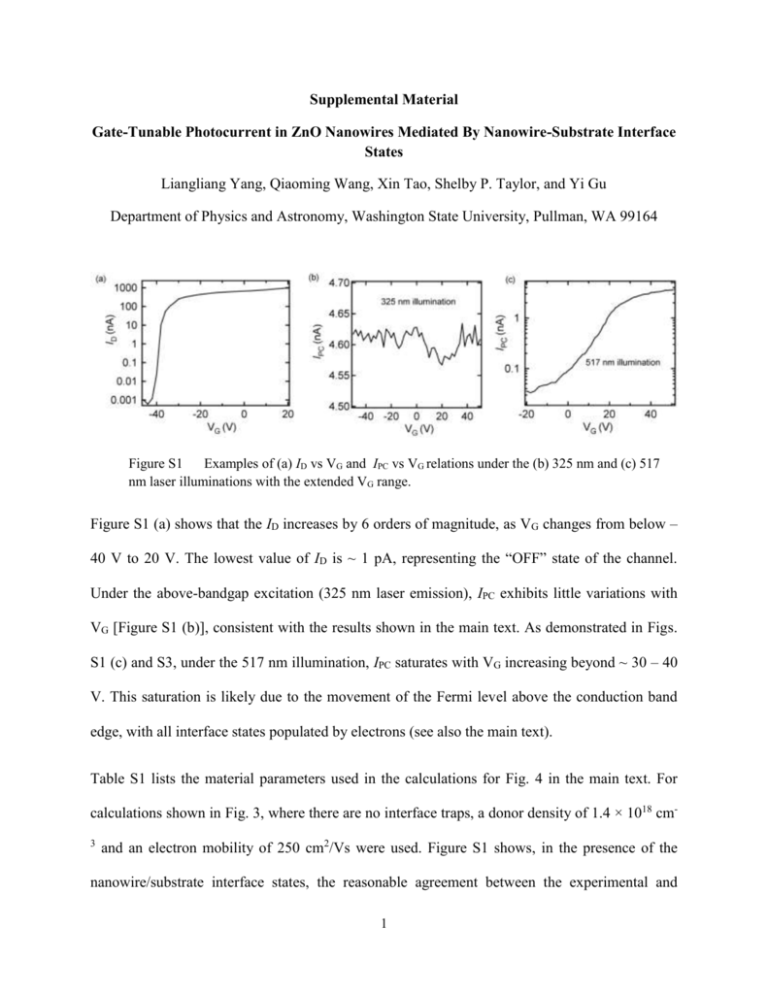
Supplemental Material Gate-Tunable Photocurrent in ZnO Nanowires Mediated By Nanowire-Substrate Interface States Liangliang Yang, Qiaoming Wang, Xin Tao, Shelby P. Taylor, and Yi Gu Department of Physics and Astronomy, Washington State University, Pullman, WA 99164 Figure S1 Examples of (a) ID vs VG and IPC vs VG relations under the (b) 325 nm and (c) 517 nm laser illuminations with the extended VG range. Figure S1 (a) shows that the ID increases by 6 orders of magnitude, as VG changes from below – 40 V to 20 V. The lowest value of ID is ~ 1 pA, representing the “OFF” state of the channel. Under the above-bandgap excitation (325 nm laser emission), IPC exhibits little variations with VG [Figure S1 (b)], consistent with the results shown in the main text. As demonstrated in Figs. S1 (c) and S3, under the 517 nm illumination, IPC saturates with VG increasing beyond ~ 30 – 40 V. This saturation is likely due to the movement of the Fermi level above the conduction band edge, with all interface states populated by electrons (see also the main text). Table S1 lists the material parameters used in the calculations for Fig. 4 in the main text. For calculations shown in Fig. 3, where there are no interface traps, a donor density of 1.4 × 1018 cm3 and an electron mobility of 250 cm2/Vs were used. Figure S1 shows, in the presence of the nanowire/substrate interface states, the reasonable agreement between the experimental and 1 calculated ID vs VG and ID vs VDS results. We note that, the change of ID with the varying VG, i.e. ∆ID/∆VG, is mostly determined by the electron mobility. Table S1 Materials parameters used in calculations ZnO Electron mobility (cm2/Vs) Hole mobility (cm2/Vs) Dielectric Constant Band Gap (eV) Donor density (cm-3) N0 (cm-2) Electron Affinity (eV) Donor Level (eV) Si3N4 400 34 8.66 3.385 2 × 1018 7.5 5 7 × 1012 6 0.046 (From the conduction Band) 1.9 E0 = 2.56 eV (From the conduction Band) Es = 0.51 eV Gaussian Energy Distribution Electron Trap (eV) Electron effective mass Hole effective Mass ZnO/Si3N4 Interface 0.24 0.8 Figure S2 Experimental (solid line) and calculated (dashed line) of (a) ID vs VDS and (b) ID vs VG results, with the nanowire/substrate interface states taken into account in the calculations. 2 Figure S3 shows IPC vs VG relations under the 517 nm illumination before and after the annealing at 250 oC in the Ar atmosphere. The annealing did not lead to the passivation of the interface states, as the magnitude of IPC after the annealing remains relatively unchanged. There are some variations in the IPC vs VG relations, possibly due to the decrease of the surface water coverage (which can modify the gate coupling) as a result of the annealing. Figure S3 IPC vs VG relations before and after the annealing at 250 oC in the Ar atmosphere. However, the general trend of the IPC vs VG relation appears to be independent of the annealing. We note that the range of the gate voltage sweep shown here is much larger than that in the original manuscript (see also below). 3


